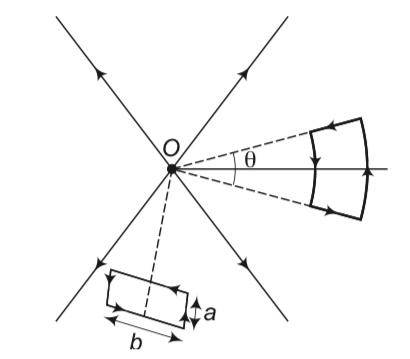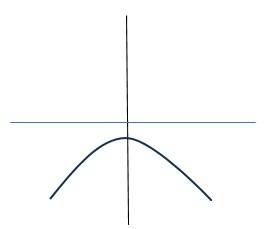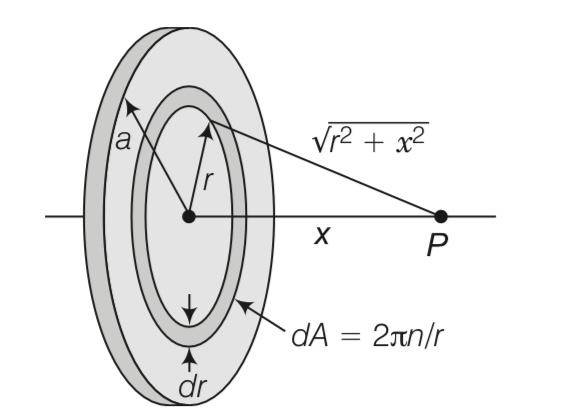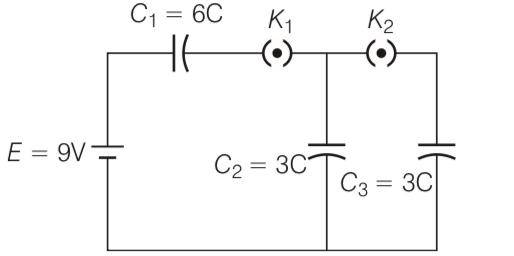Electrostatic Potential and Capacitance
Get insights from 125 questions on Electrostatic Potential and Capacitance, answered by students, alumni, and experts. You may also ask and answer any question you like about Electrostatic Potential and Capacitance
Follow Ask QuestionQuestions
Discussions
Active Users
Followers
New answer posted
5 months agoContributor-Level 10
This is a short answer type question as classified in NCERT Exemplar
If there is a potential then E? 0 electric field comes into existence, which is given by as E=-dV/dr
It means there will be field lines pointing inwards or outwards from the surface. These lines cannot be again on the surface, as the surface is equipotential. It is possible only when the other end of the field lines are originated from the charges inside. Hence, the entire volume inside must be equipotential.
New answer posted
5 months agoContributor-Level 10
This is a short answer type question as classified in NCERT Exemplar

As the electric field and force both are conservative so work done in conservative body as the body is closed is zero.
New answer posted
5 months agoContributor-Level 10
This is a short answer type question as classified in NCERT Exemplar
No, the potential function have no free space because when there is a free space there will be a leakage of potential at that point.
New answer posted
5 months agoContributor-Level 10
This is a short answer type question as classified in NCERT Exemplar
It is only possible when their sizes are different . when their sizes are different there capacity would change. So there is potential difference btween them.
New answer posted
5 months agoContributor-Level 10
This is a short answer type question as classified in NCERT Exemplar
The force on a charge particle in electric field F = qE
The free electrons (negative charge) experience electrostatic force in a direction opposite to the direction of electric field.
The direction of electric field is always from higher potential to lower. Hence direction of travel of electrons is from lower potential to region of higher potential.
New answer posted
5 months agoContributor-Level 10
This is a short answer type question as classified in NCERT Exemplar
Surface charge density is inversely proportional to radius of the sphere so larger sphere has less charge density and vice versa.
New answer posted
5 months agoContributor-Level 10
This is a long answer type question as classified in NCERT Exemplar
Suppose the charge is slightly shifted to left so net potential energy will be
U=
U=
=
System will be in equilibrium if this energy is zero
But when we double differentiate it

But when x<0 this value is negative so less than 0
This shows an unstable equilibrium
It follows the parabolic graph

New answer posted
5 months agoContributor-Level 10
This is a long answer type question as classified in NCERT Exemplar
Let any three point x,y,z seprated by a distance 2d
Then potential due to two charges
=0
=
X2+Y2+z2+ (2zd)+d2-0
this is equation of sphere .
New answer posted
5 months agoContributor-Level 10
This is a long answer type question as classified in NCERT Exemplar
=charge/Area
Q= (2 )
V=KdQ/ 2+x2)=K (2 )/ 2+x2)

After integration we got
V= 2 ( )-x
New answer posted
5 months agoContributor-Level 10
This is a long answer type question as classified in NCERT Exemplar
When initially K1 is closed and K2 is open, the capacitors C1 and C2 connected in series with battery
Q=CV=C (C1C2/C1+C2) = 6 3/6+3=18 C
Now K1 was opened and K2 was closed, the battery and capacitor C, are disconnected from the circuit .
Here charge being shared by both capacitor so a common potential will develop.
V=C1V1+C2V2/C1+C2 = 18/3+3=3V
Q2=3CV=3 3=9μC
Q3=3CV=3 3=9μC
Taking an Exam? Selecting a College?
Get authentic answers from experts, students and alumni that you won't find anywhere else
Sign Up on ShikshaOn Shiksha, get access to
- 65k Colleges
- 1.2k Exams
- 679k Reviews
- 1800k Answers

